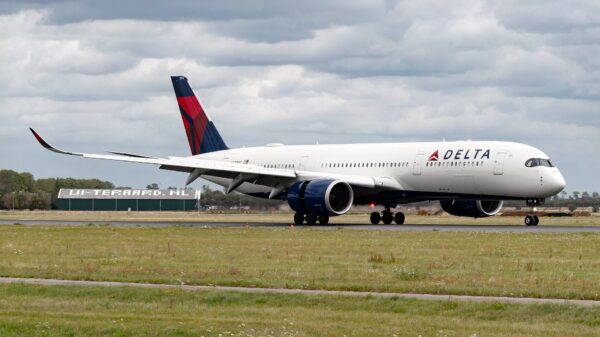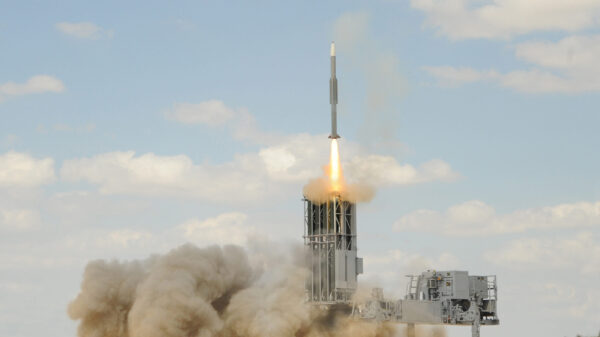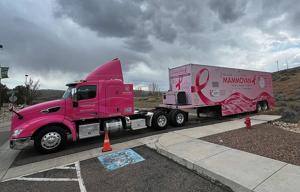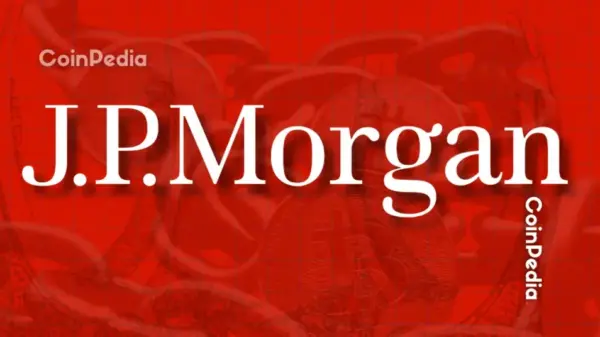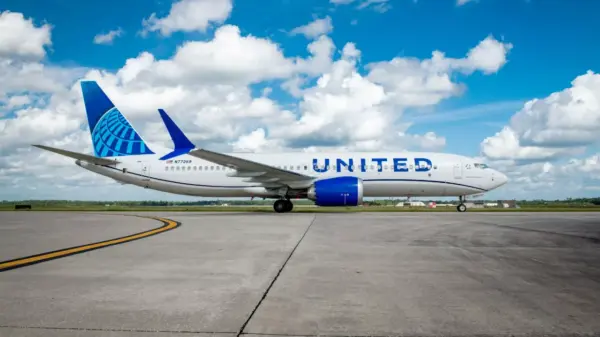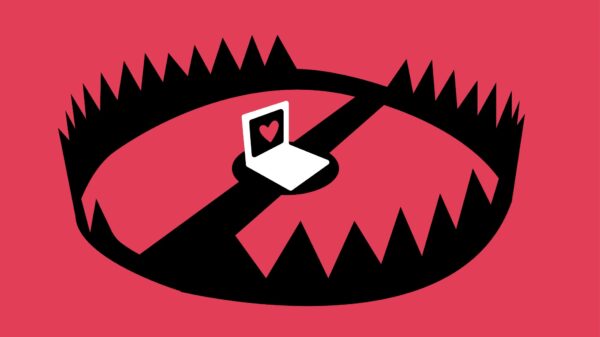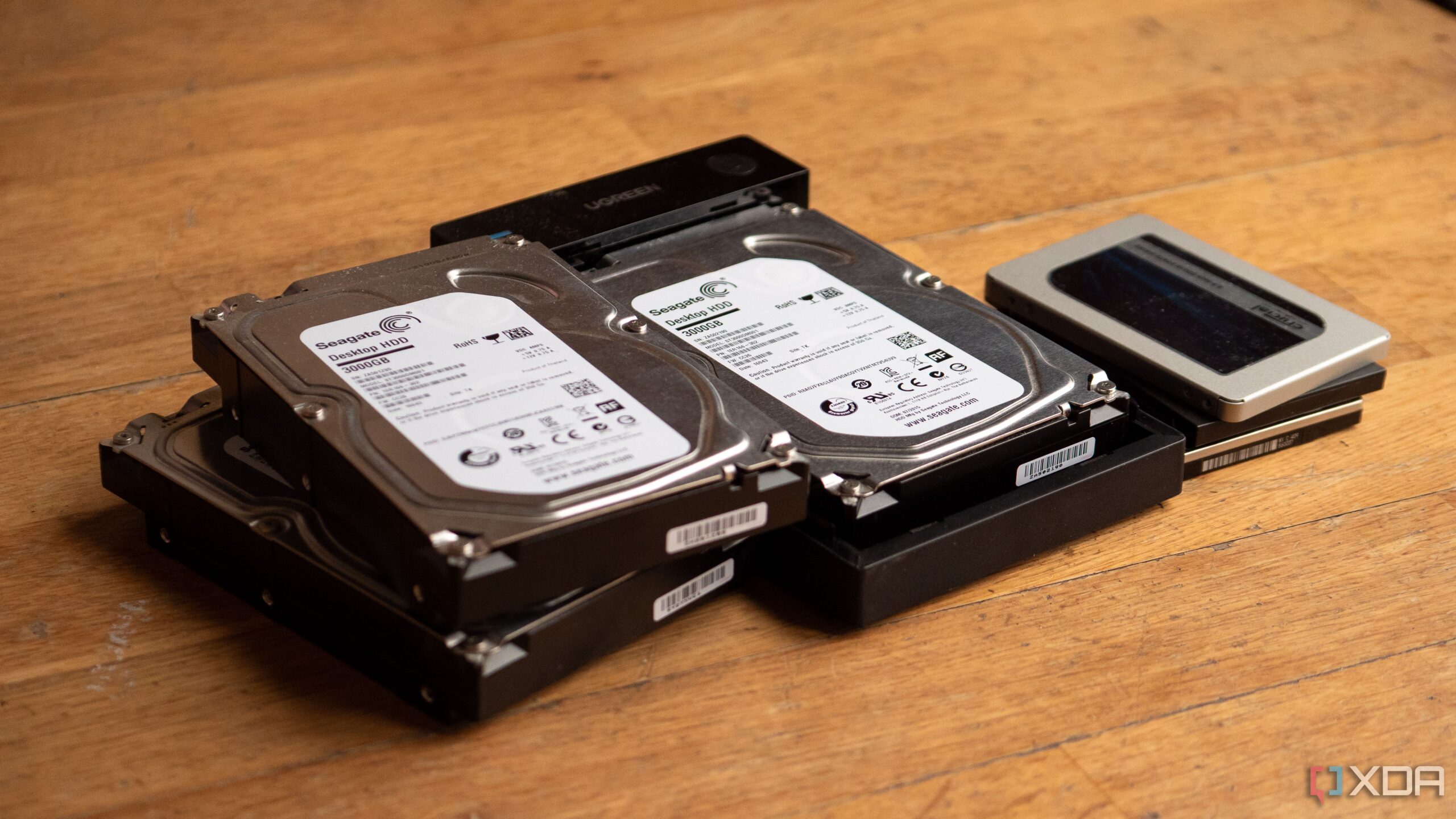URGENT UPDATE: Linux users can breathe easier as Btrfs snapshots emerge as a game-changing solution for system recovery. Just announced, these snapshots allow users to roll back their entire system to a known-good state in a matter of seconds. This revolutionary feature is transforming how users approach system stability and uptime.
The fragility of traditional backup methods is a growing concern for many Linux users, especially after a bad update or a misconfigured package. With Btrfs snapshots, the stakes have never been lower. Users can now experiment with new packages or kernel updates without the fear of losing hours to recovery work. This breakthrough ensures that the Linux experience is not just robust but practically bulletproof.
Btrfs snapshots work by creating instantaneous backups of the filesystem without requiring a full copy. As a result, there’s no waiting for lengthy backup processes, and users don’t have to worry about missing crucial configuration files. This efficiency makes Btrfs a more modern solution compared to traditional methods like rsync and tarball backups.
In practical terms, if a system update fails or a package installation goes awry, users can roll back to the previous snapshot almost immediately. Some distributions even allow users to perform this action directly from the boot menu, bypassing a broken system entirely. This seamless integration is a significant reason why users are adopting Btrfs snapshots at an increasing rate.
For those who frequently tinker with their systems, the safety net provided by Btrfs snapshots encourages experimentation. Users can test changes to system configurations or drivers without the looming dread of irreparable errors. Each failed attempt is just a snapshot away from being forgotten.
Automation is another critical element of Btrfs snapshots. Tools like Snapper and Timeshift can automate the snapshot process, taking backups before system upgrades or on a set schedule. This automation means users can ensure their systems are always protected without having to think about it. Additionally, these tools help manage disk space by pruning old snapshots, maintaining a balance of available recovery options without cluttering the drive.
While the benefits are substantial, it is important to acknowledge that not every Linux distribution supports Btrfs by default. Transitioning from ext4 or other file systems can be complex and should ideally occur during a fresh installation. Users need to weigh the minimal performance overhead against the peace of mind that Btrfs provides.
Despite some limitations, Btrfs snapshots are proving invaluable for users looking for a reliable recovery option. They complement traditional backups but do not replace them. Users still need to back up their data to external or cloud storage, as snapshots stored on the same drive can be lost if the drive fails.
As of October 2023, the conversation around Btrfs snapshots is gaining momentum in the Linux community. More users are recognizing the benefits of this technology, which enables them to recover from mistakes in seconds. The integration of snapshots directly into the filesystem offers a considerable advantage, allowing users to focus on learning and experimenting without the fear of system failure.
In conclusion, Btrfs snapshots stand out as one of the most significant advancements in Linux system management. They transform how users interact with their operating systems, making resilience and agility the new standard. As more Linux users embrace this technology, it’s clear that Btrfs is not just a filesystem; it’s a vital tool for modern computing.






